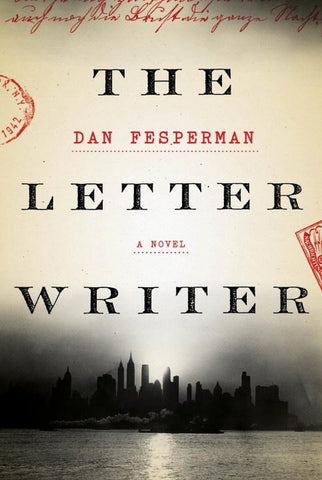The Mysterious Bookshop
Dan Fesperman - The Letter Writer
Sold out.
Signed First Edition
The first thing Woodrow Cain sees when he steps off the train in New York City on February 9, 1942, is smoke from an ocean liner in flames in the harbor. It’s the Normandie, and word on the street is that it was burned by German saboteurs. “Ten lousy minutes in New York and already his new life felt as full of loss and betrayal as the one he’d left behind.”
What he left behind in a small North Carolina town was a wife who’d left him, a daughter in the care of his sister, and a career as a police officer marred by questions surrounding his partner’s murder. When he gets a job with the NYPD, he wants to believe it’s the beginning of a new life, though he suspects that the past is as tenacious as “a parasite in the bloodstream.”
It’s on the job that Cain comes in contact with a man who calls himself Danzinger. He has the appearance of a “crackpot,” but he speaks five languages, has the manners of a man of means and education—and he appears to be the one person who can help Cain identify a body just found floating in the Hudson River. But who exactly is Danzinger?
For one thing, he knows how the dead man was involved in New York City’s “Little Deutschland,” where swastikas were proudly displayed just months before. And he also seems to know how the investigation will put Cain—and perhaps his daughter and the woman he’s fallen for—in harm’s way. But even Danzinger can’t know that the more he and Cain investigate, the nearer they come to the center of a citywide web of possibly traitorous corruption from which neither of them may get out alive.

